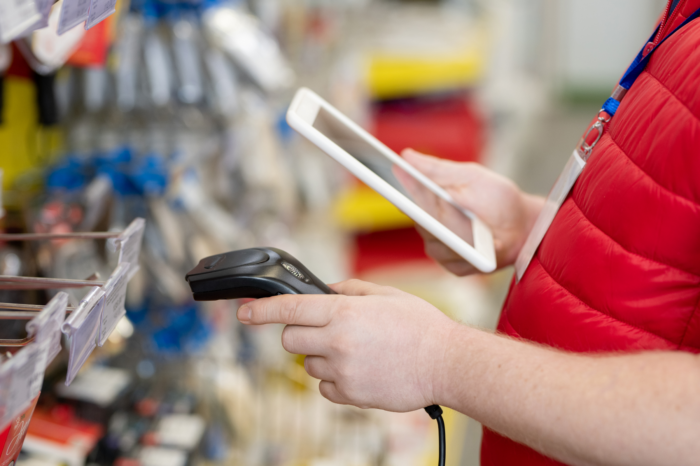Fake Goods, Real Consequences: Shop Smart for Back-to-School

Back to school means back to the store for families to purchase books, clothes, and other school supplies. During this time of year, counterfeit goods are a hidden threat to not only your financial situation, but the physical well-being of your children that many people don’t know about. The prices of these goods may seem too good to be true, and that’s because they are. Counterfeit goods often seem near-identical to their authentic counterparts, but their low prices come with dangerous side-effects.
Commonly counterfeited commodities include laptops that come embedded with malware, electronics with faulty wiring that have fire risks, makeup containing heavy metals, and clothing made with forced labor. In case these scary side-effects weren’t enough of a deterrent, counterfeit sales are often a major profit source for transnational criminal and terrorist organizations.
By the numbers: The U.S. Customs and Border Protection’s Office of Trade seized more than 23 million counterfeit items that infringed on protected copyrights or trademarks in the fiscal year 2023. Had these seized items been legitimate, they would have a value totaling more than $2.7 billion. As well as funding global terrorist organizations and endangering human health, counterfeit goods are a direct threat to American businesses and economic growth. Counterfeit goods drain an estimated $500 billion each year from the global economy, which amounts to about $1,500 per American citizen, and cost our country approximately 325,000 jobs.
What you can do:
-
Trust your instincts: If it seems too good to be true, it probably is. So, if a deal or product seems off, it’s best to stay away.
-
Prioritize secure payments: When shopping online, only buy from sites that begin with “https://” – the ‘s’ stands for secure. Also, check for a lock symbol in your browser to confirm the site’s safety.
-
Examine every detail: Pay close attention to labels, packaging, and contents. Watch out for out-of-date perishable items, broken or missing safety seals, missing warranty information, or unusual packaging.
-
Protect your data: Keep all your devices, including computers and smartphones, updated with the latest cyber security protections to fend off potential cyber threats.
-
Say something: Spread awareness among your friends, family, and coworkers about counterfeit goods. If you encounter a fake good, report it to U.S. Customs and Border Protection or the National Intellectual Property Rights Center.


